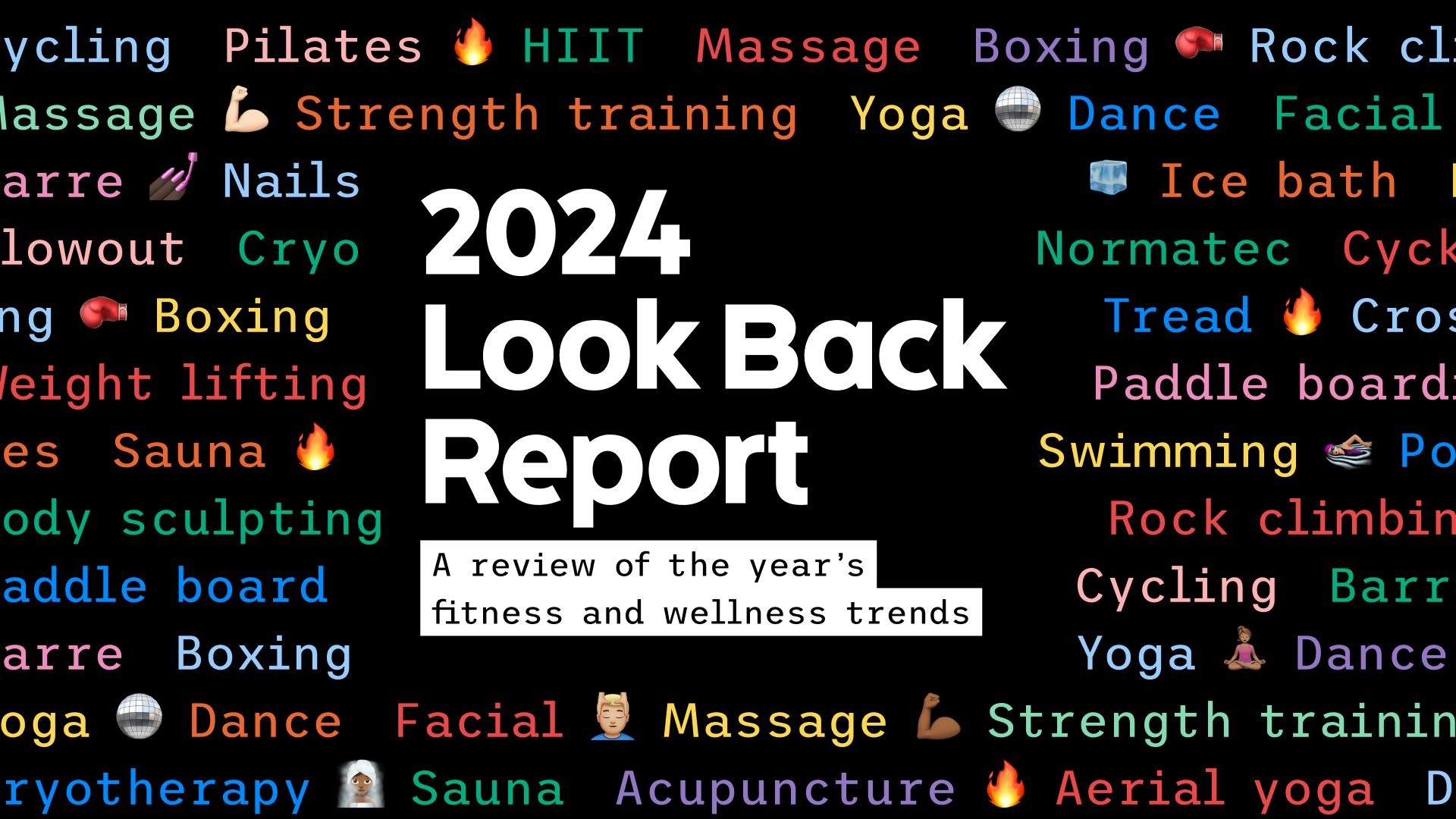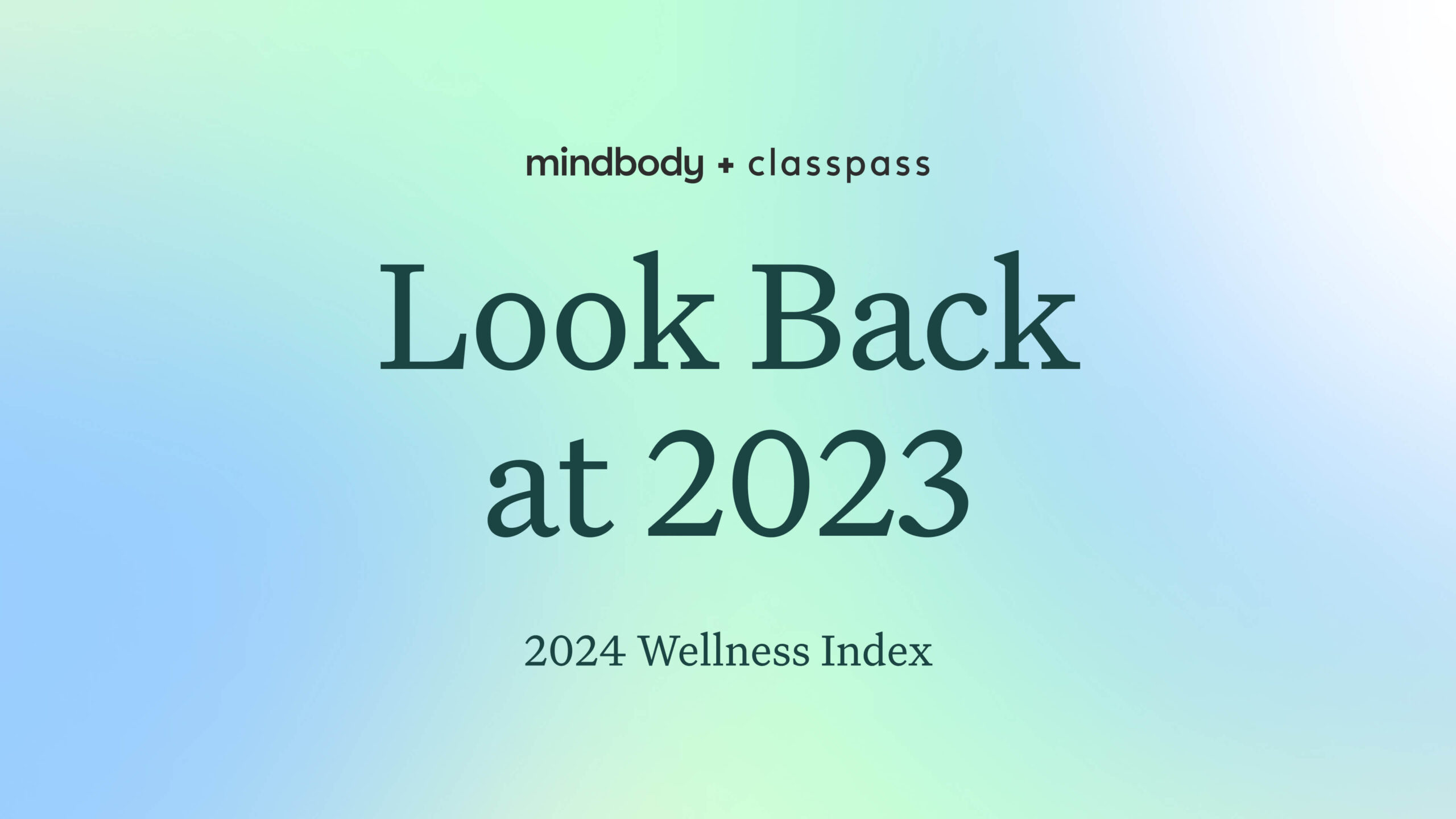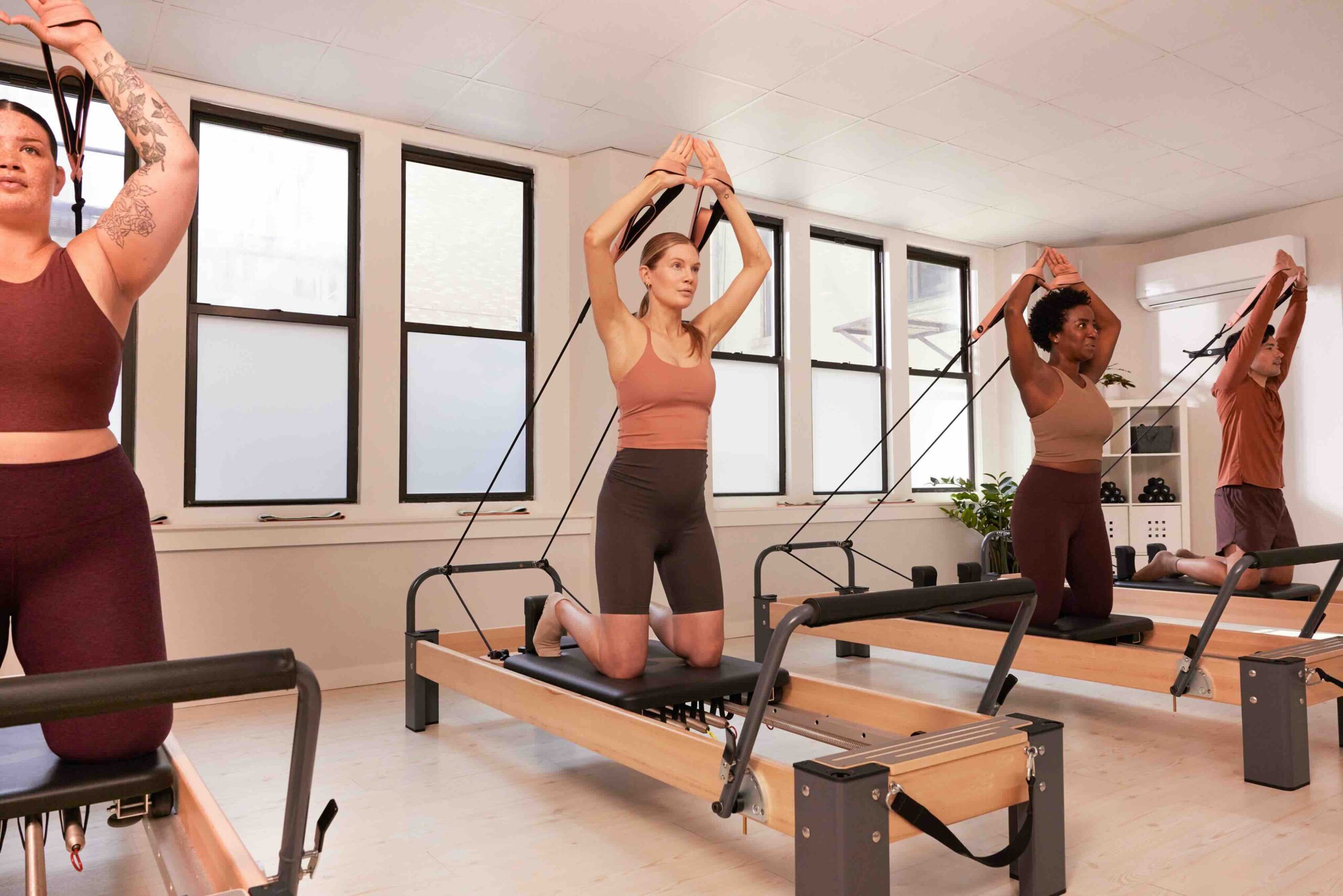Commuting can be a bore — that’s it, we said it. Whether you walk, drive or hop on public transportation, there are days that you wish you could teleport either to your desk or best of all, your couch. Even though teleportation doesn’t seem to be in our near future — keep dreaming, folks — it doesn’t mean that we can’t make our trek to and from work more enjoyable.
Meditation might be the answer to our commuting woes.
Several studies have confirmed that meditation eases stress, tension, anxiety and depression, while other reports show that consistent meditation lessens the chance of heart disease, reduces high blood pressure and strengthens the immune system.
The hardest part about integrating meditation into your daily routine — while commuting or otherwise — is getting started. We spoke to Khajak Keledjian, founder and CEO of Inscape and founder and former CEO of Intermix, about why everyone should start meditating on the go.
[sc name=”yoga_cta” ][/sc]Use an app for guidance
There are a number of apps on the market that help guide you through various practices, including Headspace, Calm and Inscape. The beauty of apps is that you can use them anytime, anywhere. Whether your commute is 20 minutes or two hours, you can pencil out a few minutes for meditation. Guided meditations and breathing exercises will help you set your intentions and meditate with purpose. If the idea of passing up your quality reading time makes you sad, start by meditating for only a couple of minutes each day. “In the Inscape app, start with breath work that’s under five minutes (we call them ‘breathers’) to become used to centering yourself and focusing inward. Breathers are a replacement of an afternoon espresso shot and healthier,” advises Keledjian. But if you’re looking for something a little meatier, all three apps offer longer meditation sessions that will urge you to dig deeper and think harder.
Forget the ‘om’
If you’ve been to a meditation class, you know that not everyone sits with their legs crossed and chanting at the top of their lungs (but there’s no shame in that game). Today, most people meditate in whatever way makes them feel comfortable — that’s the point, after all. You can meditate just about everywhere, even when you’re on a subway train packed with people. Podcasts and apps are targeted to the everyday meditators who like to center their thoughts before a big meeting or heading home to a house full of kiddos. Meditating comes in all shapes and sizes, and should be done in whatever way feels most natural to you. “ When I was CEO of Intermix, my assistant saw me with a tissue in my nose and thought I was having a nosebleed. I was actually just too busy to use my hand to block my left nostril, because I was juggling papers and reports, but was energizing before my next meeting by doing breathwork at my desk,” says Keledjian. No matter your title, responsibility or stress level, you can take time out of your day — like Keledjian — to get a better piece of mind.
Focus on your breath
Here’s the truth: Breath is everything. Shocking, right? The Calm app, in particular, offers a variety of breathing exercises as well as soothing sounds to help calm you at the start or end of your day. Sometimes tuning out and listening to your breath can be just as powerful as listening to a guided meditation or your favorite emotional Adele power ballad. We spend too much time in our day listening to everyone and everything else. By taking a few moments during your day to focus on you — and only you — you’ll be more in touch with who you are, what you’re doing and where you’re going next. Headspace, another one of our favorite meditation apps, has different versions of the app made exclusively for different areas: stress, work, focus and sleep. If you’re lacking in one area, center your thoughts and breath, and get to work.
While this all sounds great in theory, meditation can feel overwhelming to newbies. Here, Keledjian shared three simple ways help you bring meditation into your daily life and commute:
Start small
“Start with shorter meditation experiences, like breathwork, and work your way into a routine and a habit. An example of some breathwork that can help you get familiar with focusing inward is alternate nostril breathing. It helps calm the mind, reduce anxiety and bring a feeling of relaxation to the entire body in just a few minutes.”
Be consistent
“Try to find a consistent space to meditate where you are accustomed to the sounds, scents and other environmental factors that can be distracting. The more you meditate within the same, familiar space, the fewer distractions you will have, which makes it easier to stay focused and present.”
Increase your goals regularly
“Try meditating in the morning for 15 minutes before you start your day. At first, this can be just a few days a week. By starting in the morning, you begin your day balanced, calm and clear. We have 1,440 minutes in a day, so if you give about 1% of those minutes to yourself each day, you can create a habit. “







